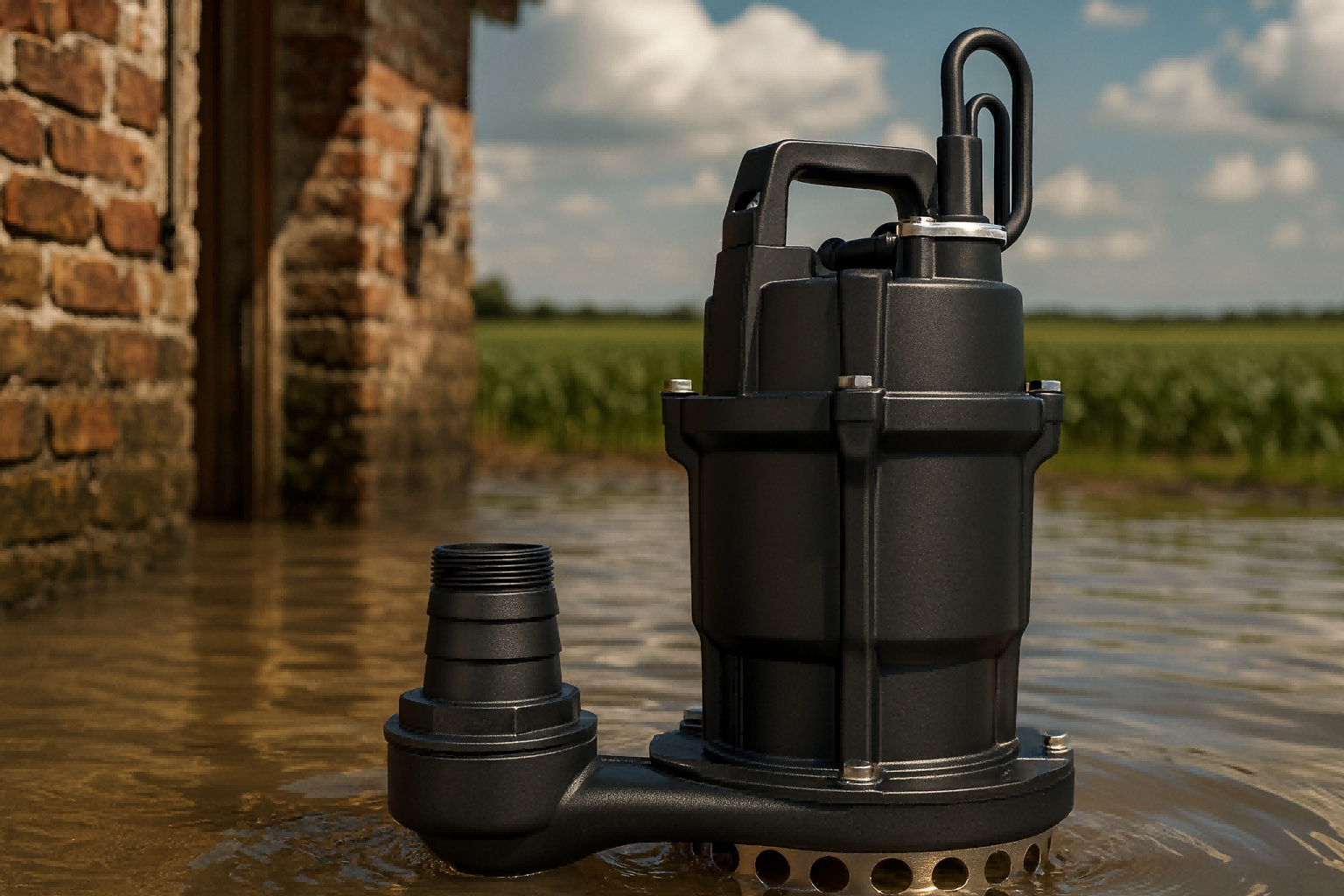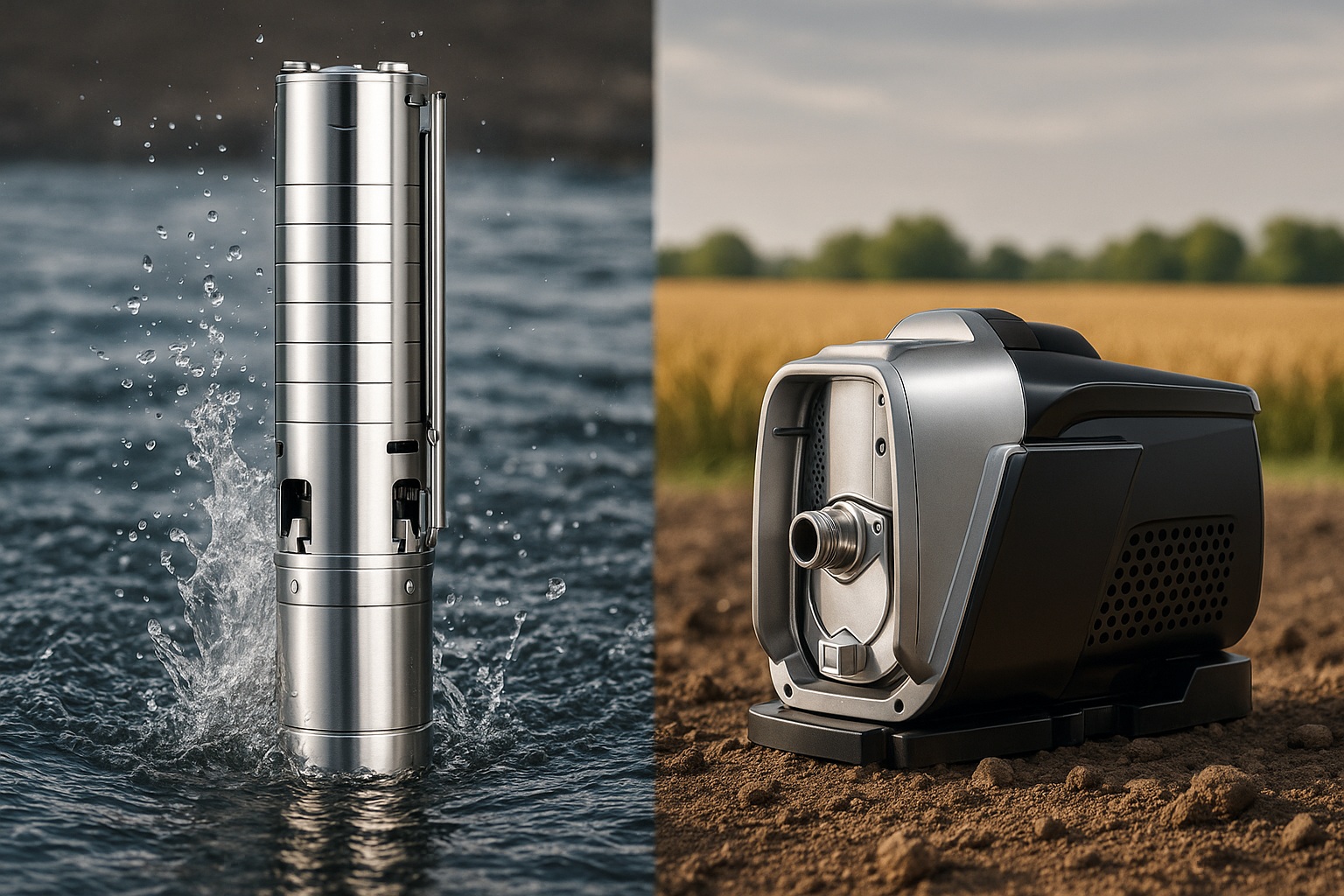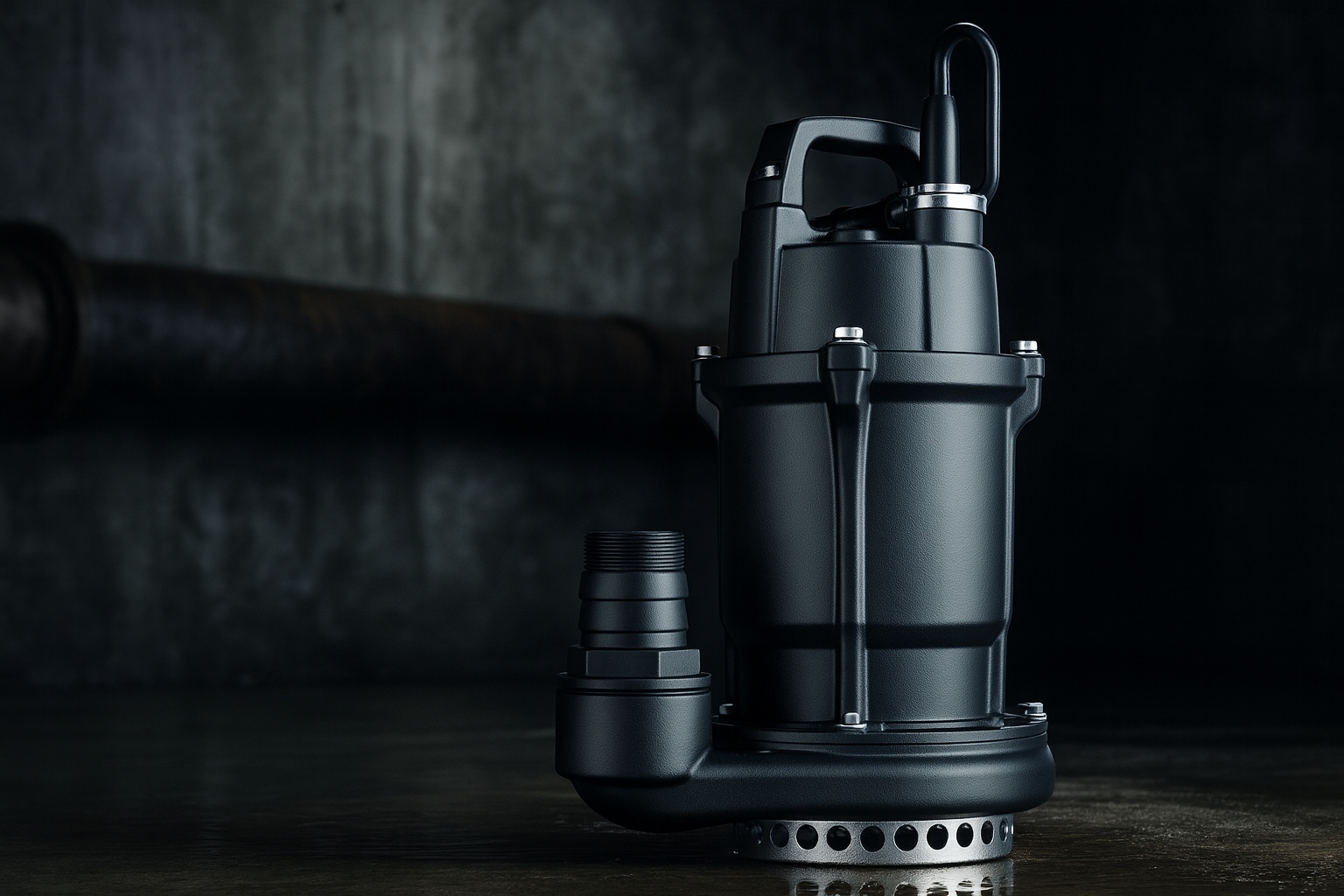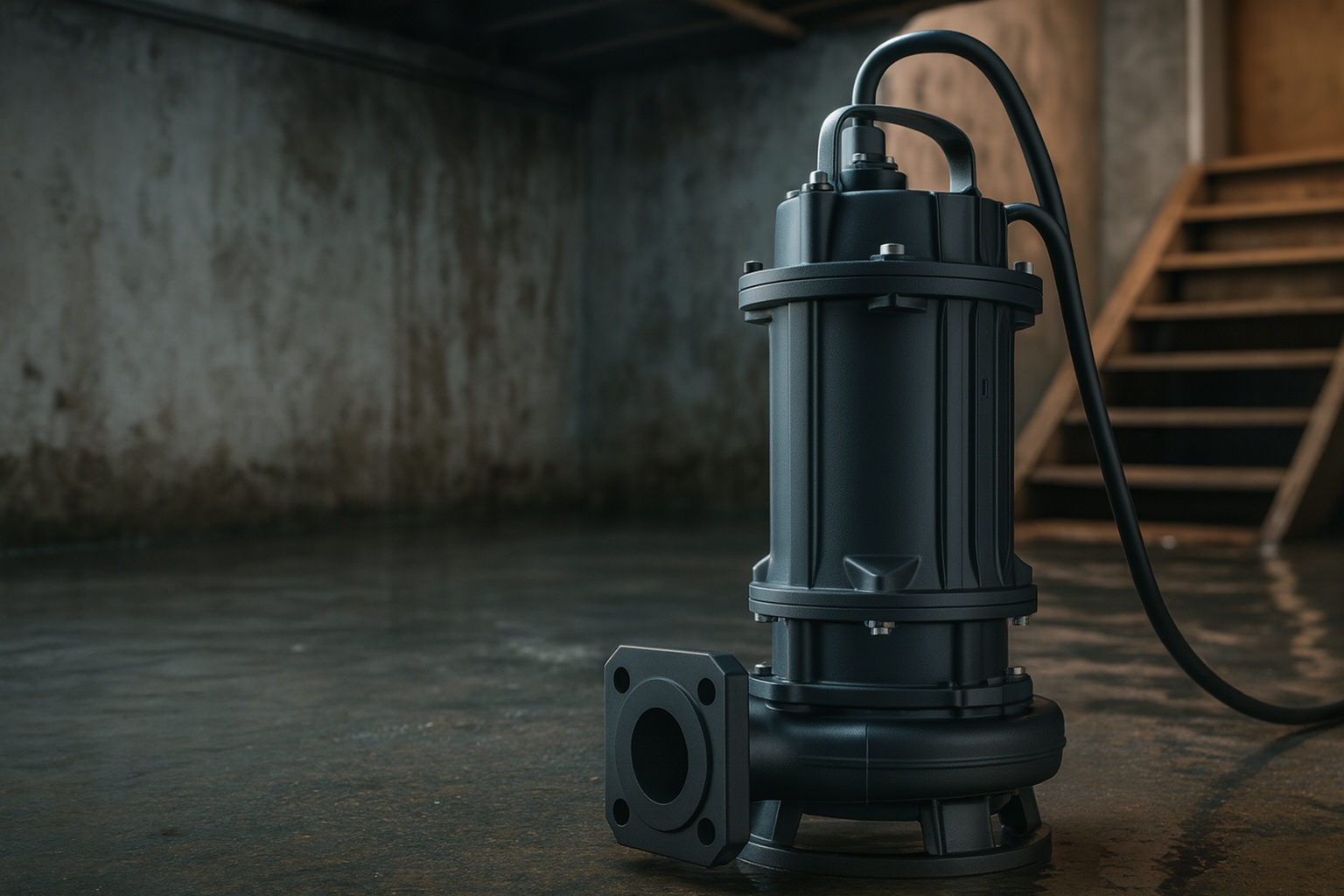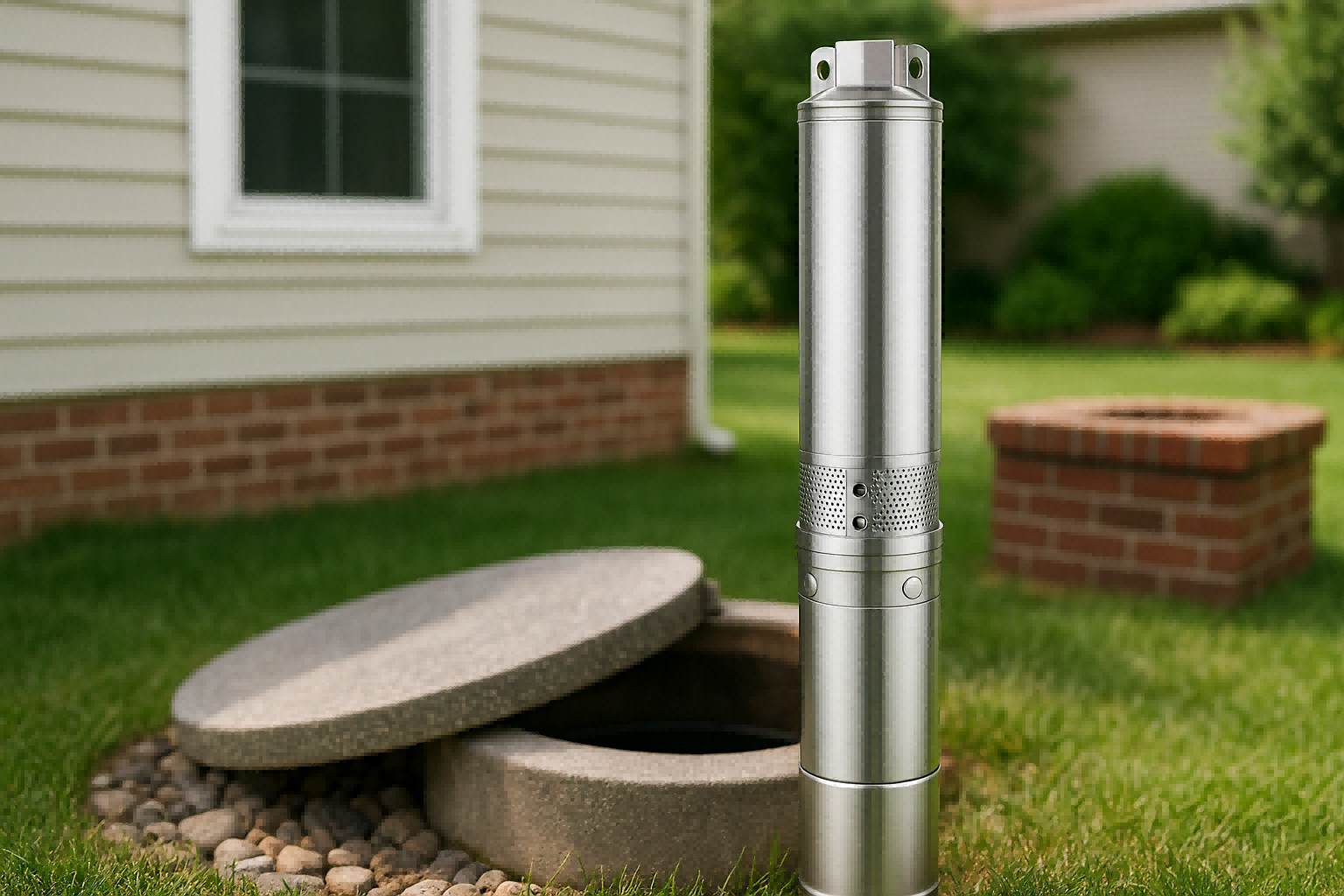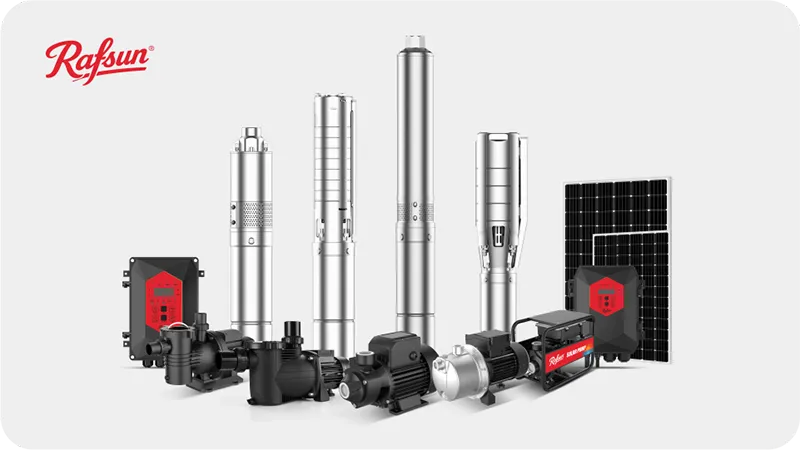Tired of high electricity bills for your well? Grid-dependency can be costly and unstable. Solar power offers energy independence and saves you money. Let's see how.
To run a well pump on solar, you need solar panels, a controller, and the pump itself. Match the panel's power and voltage to your pump's requirements. For optimal performance, the panel's wattage should be at least 1.3 times the pump's wattage.
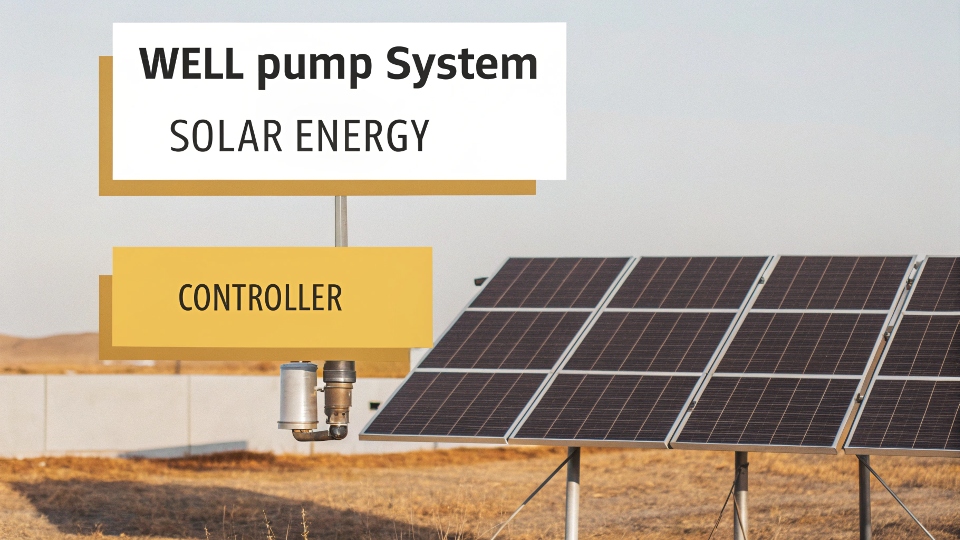
Setting up a solar well pump seems straightforward, but there are important details to consider. The right components and proper configuration are key to a reliable system. Over my ten years in this industry, I've seen many setups. The best ones always start with a solid understanding of the basics. Let's break down each part of the system so you can build yours with confidence.
What is a Solar Pump?
Need to move water where there's no electricity? Without power, traditional pumps are useless, leaving your fields dry. A solar pump is your complete off-grid water solution.
A solar pump is a water pump that runs on electricity generated by photovoltaic (PV) panels. It consists of the solar panels, a controller, and the pump motor. The system converts sunlight directly into energy to move water, operating without grid power or batteries.
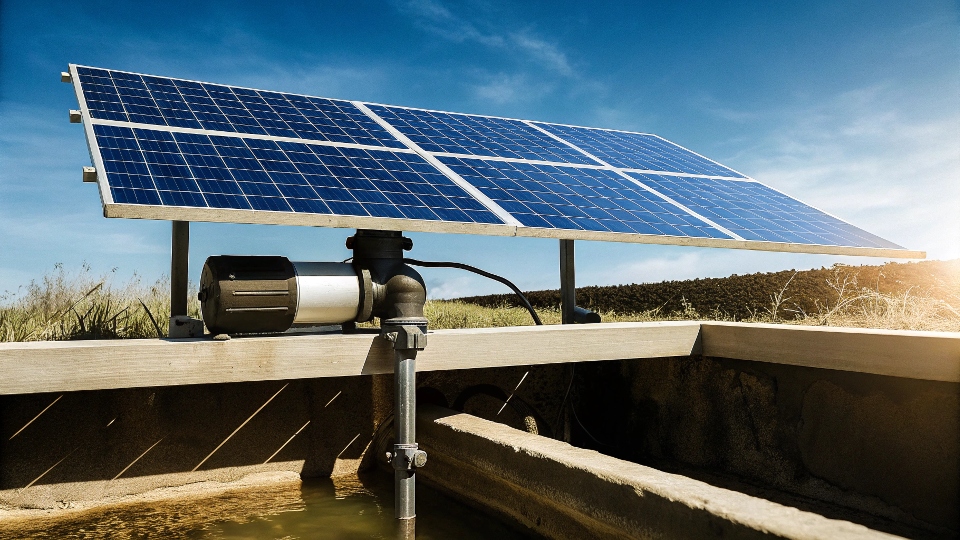
A solar pump is not just one item; it's a complete system. I've designed and worked with these systems for over a decade. Let's look at the three main parts.
The Core Components
The system has three key parts that must work together.
- Solar Panels: These capture sunlight and convert it into DC electricity. The number and size of panels determine the total power available for the pump.
- Controller: This is the brain of the system. It manages the power from the panels and protects the pump motor from damage. Modern controllers, like the ones we engineer at Rafsun, feature MPPT (Maximum Power Point Tracking) to maximize water output throughout the day.
- Pump Motor: This is the heart that moves the water. At my company, we focus on permanent magnet synchronous motors because they are highly efficient. They use less power to pump the same amount of water compared to older asynchronous motors. This efficiency is critical for solar applications where every watt of power matters.
Here is a quick comparison based on my experience.
| Feature | Permanent Magnet Motor | Asynchronous Motor |
|---|---|---|
| Efficiency | High (85%+) | Lower (60-75%) |
| Power Needs | Lower | Higher |
| Lifespan | Longer | Shorter |
| Solar Suitability | Excellent | Good, but needs more panels |
What are the disadvantages of a solar water pumping system?
Think solar pumps are a perfect solution? This belief can lead to frustration when faced with high initial costs or cloudy days. Let's look at the real-world disadvantages.
The main disadvantages are the high initial investment cost and its dependence on sunlight. The pump won't work at night or on very cloudy days without a battery backup. Performance directly varies with weather conditions, which can be a challenge for applications needing constant water flow.
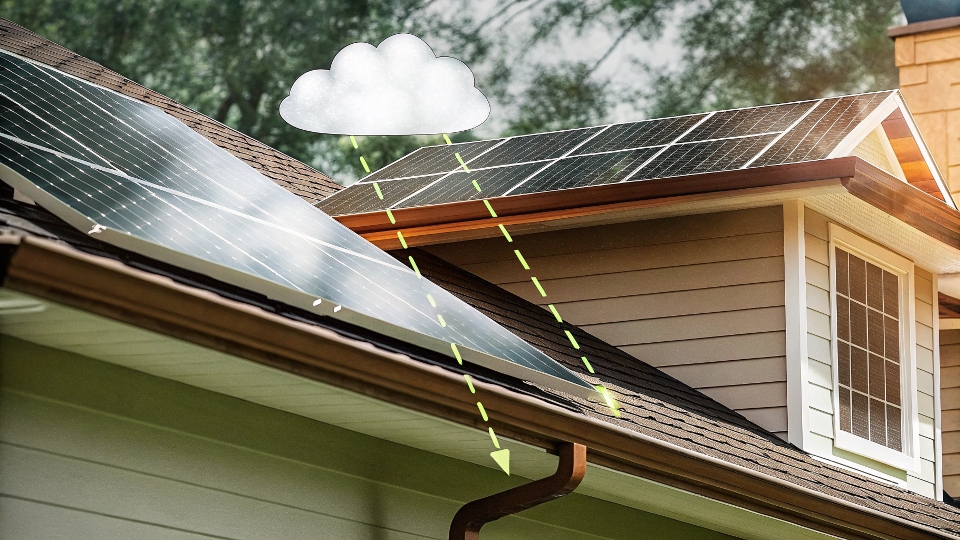
As an engineer, I believe in being realistic. Solar pumps are fantastic, but they have limitations. I always advise clients like Jacky, a fellow engineer I work with, to weigh the pros and cons carefully before committing.
High Initial Investment
The upfront cost is the biggest hurdle for many. You are buying the pump, panels, and controller all at once. Unlike a grid-tied pump where you pay for electricity over time, here you pay for your 'power plant' upfront. However, you should remember that the fuel—sunlight—is free. Over the long term, a solar pump often becomes cheaper than a conventional one due to zero electricity bills and minimal running costs.
Weather and Sunlight Dependency
This is the most obvious drawback. No sun means no pumping. Performance drops significantly on overcast days. For applications that require water 24/7, this is a real problem. You can solve it with a water storage tank or a battery system, but both add complexity and cost. I usually recommend a large storage tank. It’s a simpler and more reliable 'battery' than an actual chemical battery for storing potential energy.
Potential for Theft
In some remote or unsecured areas, solar panels can be a target for theft. This is a practical consideration you need to plan for with secure mounting and placement.
Can I connect a solar panel directly to a water pump?
Want to simplify your solar setup by connecting panels directly to the pump? This seems like a shortcut, but it will likely damage your pump and give terrible performance.
Technically, you can with some simple DC pumps, but it is highly discouraged. Connecting a solar panel directly to a pump motor without a controller can cause damage from voltage fluctuations. It also results in extremely inefficient operation, as the pump won't run at its optimal speed.
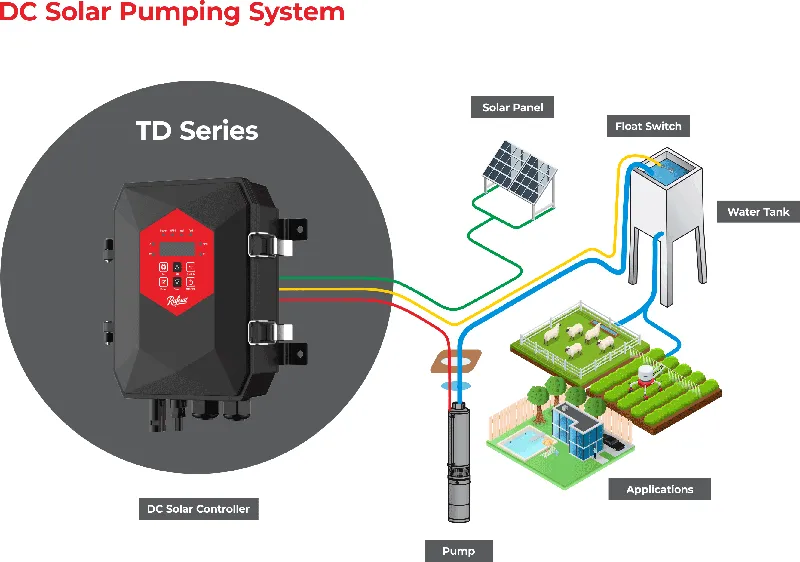
I get this question a lot, especially from people trying to build a budget system. As an engineer who has seen the aftermath of such setups, my answer is always a firm "no." Here are the technical reasons why.
Why a Controller is Not Optional
The power output from a solar panel is not stable. It changes constantly with the sun's intensity. A pump motor is designed to run within a specific voltage and current range. If you connect it directly, the fluctuating power can cause the motor to stall or, worse, burn out. The controller acts as a sophisticated power manager. It takes the variable power from the panels and delivers smooth, optimized power to the pump. At Rafsun, all our pump systems include a controller. It's a non-negotiable part of the system for safety and longevity.
The Magic of MPPT
Most modern controllers use Maximum Power Point Tracking (MPPT). This smart technology constantly adjusts the electrical load to get the most power possible out of the solar panels. It finds the "sweet spot" of voltage and current. This means the pump starts earlier in the morning, runs later in the afternoon, and performs better on cloudy days. Without an MPPT controller, you could be losing up to 30% of your potential water output.
How many solar panels will it take to run a well pump?
Confused about how many solar panels you need for your pump? Guessing can lead to a system that fails to work or one that wastes a lot of money.
To determine the number of panels, first find your pump's power (wattage). As a rule, the total solar panel wattage should be at least 1.3 times the pump's wattage. Also, ensure the panel's voltage (Vmp and Voc) matches the requirements of your pump's controller.
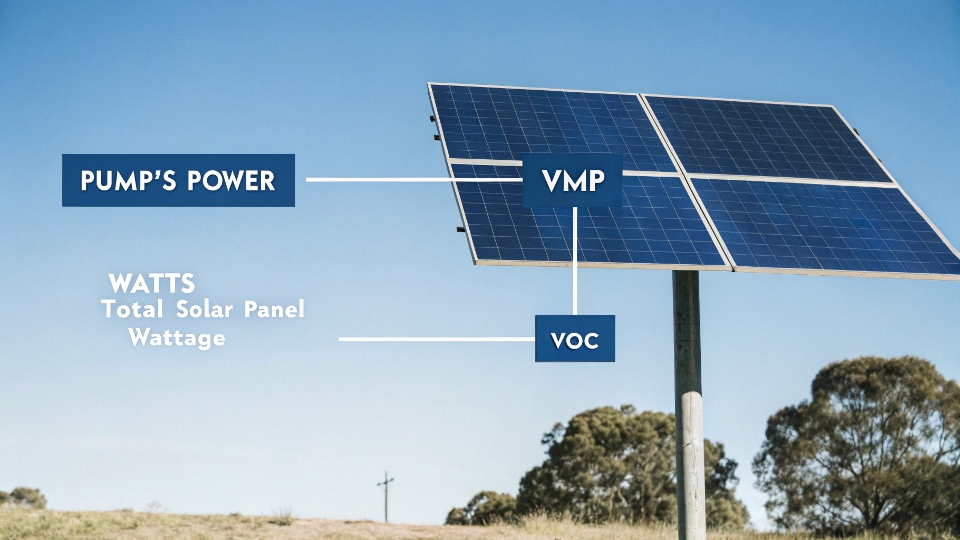
This is the most critical calculation you will make. Getting it right is the difference between a working system and a frustrating one. I've helped countless customers size their systems. Let's walk through my standard process.
Step 1: The 1.3x Power Rule
First, look at the power rating of your pump in watts. Let's imagine a 1200W pump. Solar panels rarely operate at their full rated power due to factors like heat, dust, and imperfect sun angles. To compensate for these real-world losses, I always recommend oversizing the solar array. The industry standard, and my personal rule of thumb, is to use a safety factor of 1.3.
Pump Power (W) x 1.3 = Minimum Solar Array Power (W)
So, for a 1200W pump, you need at least 1200W x 1.3 = 1560W of solar panels.
Step 2: Matching the Voltage
Power isn't everything; voltage is crucial for compatibility and safety. You must check three voltage specifications on your controller datasheet.
- Pump Voltage: The panel array's Vmp (Voltage at Maximum Power) must be higher than this.
- MPPT Range: The panel array's Vmp should ideally fall within this range for the best performance.
- Max Input Voltage (Voc): The panel array's Voc (Open Circuit Voltage) absolutely must be below this to prevent permanent damage to the controller.
Let's use a real example from one of our popular pump kits.
| Pump/Controller Spec | Requirement | Solar Panel Array Spec | Your Target |
|---|---|---|---|
| Pump (1200W, 72V) | Pump requires >72V to run | Vmp (Voltage at Max Power) | 96V - 120V |
| Controller | MPPT Range: 90-120V | Vmp (Voltage at Max Power) | 96V - 120V |
| Controller | Max Input Voltage: 160V | Voc (Open Circuit Voltage) | < 160V |
| Total Power | Minimum Power > 1560W | Total Watts of Panels | > 1560W |
When selecting panels, you would wire them in series or parallel to ensure the array's final Vmp, Voc, and Wattage meet these targets.
Conclusion
Running a well pump on solar is achievable with proper planning. By correctly sizing your panels and using a controller, you can create a reliable, off-grid water solution.


